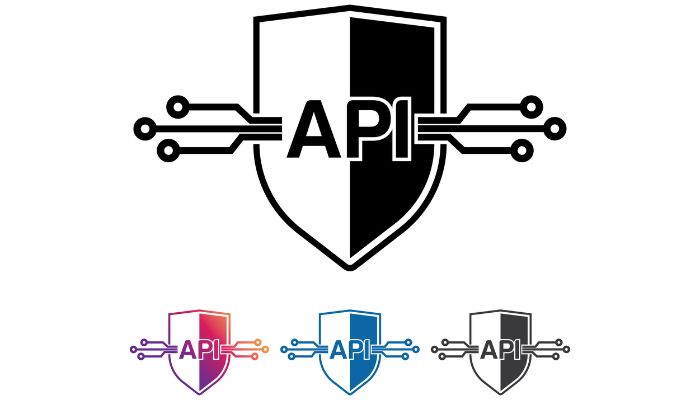The business sphere is evolving continuously, with employees expecting more than just a paycheck from their employers. While what they get in their bank account every month matters, their organisations’ perks and benefits weigh more about job satisfaction. So, employers must focus on the employee experience to retain them and reduce turnover.
At the core of employee experience lies benefits. A hybrid work model, flexible time off, sick leaves, and health coverage are some of the benefits employees expect when choosing an organisation. Considering their importance, many recruiting managers have also started including them as part of their recruitment strategies.
As organisations reevaluate their employee benefits, the overall benefits experience— how employees avail of those benefits—is critical. A lengthy, complex benefits process can worsen, putting employees off. On the other hand, a smooth process can help employers deliver an exceptional benefits experience to their employees, ensuring better productivity and commitment to work.
You might also be interested to read: HR’s Role In Building A Workforce For Digital Future
Leveraging API integrations to revolutionize the benefits experience
The benefits experience has undergone a severe transformation by integrating new application programming interfaces (APIs) into human capital management (HCM) platforms. What API integrations bring to HCM platforms streamlines three key areas: plan set-up, enrollment and census, and evidence of insurability (EOI).
With the help of industry-leading APIs, plan details can be introduced into the employer’s HCM software with ease. Enrollment changes can then be automatically transmitted to the benefit carrier. The EOI can be handled with the benefit carrier directly by the employee. So, API integrations have ruled out the need for paperwork and manual entry. What’s more, employers can also seamlessly add benefits to their portfolios.
Integrating APIs into HCM platforms makes it easier for employees to enrol for benefits. This, in turn, helps employers get sufficient enrollments to be eligible for rate reductions. API integrations make many things easier for the provider, the employer, and the employee.
Ease in plan set-up:Every year, details of insurance plans, which are full of complexities, have to be transmitted from the carrier’s system to the employer’s HCM software timely for employee enrollment. Usually, this process involves scrutinising the carrier’s information and entering the plans in the employer’s HCM software manually. The process is undoubtedly lengthy, but it’s also susceptible to human error, which puts employers in a tight spot.
For instance, if an employee tries to file an insurance claim and finds that they are not eligible because the plan wasn’t set up correctly, they will have to bear the cost, or the employer might have to pay incorrect rates. The insurance carrier will then have to make changes and fix the invoices. This is where APIs come to the rescue, completing this burdensome task without error.
When the insurance carrier completes the plans, they can directly transfer them into the employer’s HCM system, enabling them to see the details and ensure that the goals are set up correctly before approving them. If the employer finds some incorrectly written or misplaced information in the plan, they can inform the carrier. The carrier will then make necessary changes and push the updates to the HCM software in real-time for the employer’s review and approval.
Enrollment just got easier:Preparing for the new year’s benefits enrollment period for the HR department is an overwhelming time. From sifting through employees’ enrolment details to filling each employee’s details manually into the carrier’s system on time, they often experience burnout. This situation is even worse when there is paperwork involved.
Some organisations use EDI files to generate reports with all the changes made and transmit those reports to the carrier. But what if an employee has a benefit-changing life event once the enrollment has closed? HR personnel will most likely have to “hold” onto that information until the following year’s plan. This is where APIs work wonders, making the necessary changes in enrollment details in real-time, regardless of when those changes were made. This makes HR’s job a lot easier since they won’t have to worry about holding onto the changes in employee enrollment information, if any.
It has never been easier for employees to enrol—all they need to do is sign up, and they immediately register in the system. After enrolling into the employer’s plan, they can also directly log into the carrier site and access all the details on their benefits or when and how they can file.
Streamlines evidence of insurability:Some benefit offerings require employees to go through the EOI process. For instance, if an employer offers a life insurance policy with guaranteed coverage of $100K but an employee wants to increase the policy coverage to $200K, the carrier will need additional information to check if they qualify for the extra coverage. Traditionally, this process takes a lot of time because of manual paperwork and the time taken to review the application by the carrier.
APIs make this process a breeze by merging this step with the enrollment workflow. So, suppose an employee chooses to increase their life insurance coverage. In that case, the API-integrated system provides them with a link directing them to the carrier site, where they only need to complete the questionnaire pre-set by the carrier since the system already has most of their information.
The bottom line
In today’s world, benefits play a crucial role in hiring and retaining talent. But how those benefits are transferred to the talent makes all the difference in their benefits experience. By using APIs, employers can ensure that they deliver vital benefit programs to their employees and strengthen their relationship with the carrier.
References:
- Using APIs in Workforce Platforms to Enhance Benefit Carrier Experience | Guest Columnists | 21 December 2021
- Enhancing Benefit Carrier Offerings With API Integrations | Leslie Erwin | 15 March 2022
You might also be interested to read:





